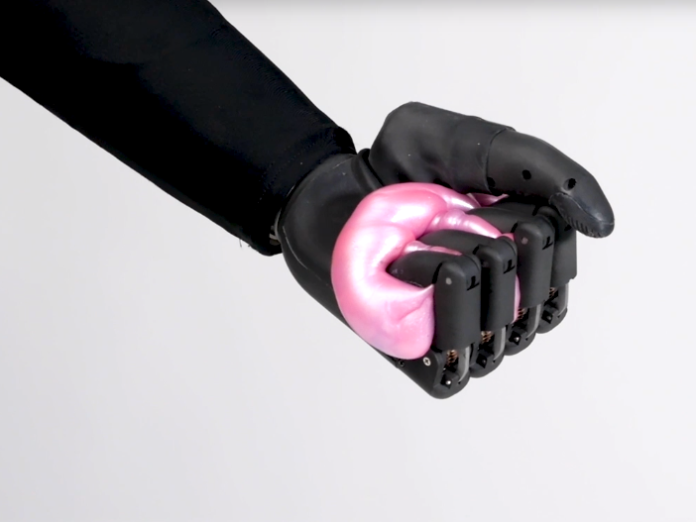Amputations are irreversible losses. By no means an amputation can be rehabilitated completely. Regeneration of entire limbs remains out of reach for now and the modern-day prostheses are simply not adequate. The best option we have is myoelectric bionic prostheses. A myoelectric prosthesis works on the principles of surface EMG and the gesture and actions it can perform can safely be termed primitive. But it is successful in giving back the essential abilities so that an amputee can rejoin the stream of life and time.
The human body is a fine-tuned organism, It is known for utilizing most of its anatomy for day to day tasks. The loss of a limb shatters the balanced system and ushers in chaos. The ordeal doesn’t end only at the physical and anatomical front, they continue to haunt the amputee and destroy their psyche.
The mental and physical conditions are mostly related and the severity of one is affected by the other. A bionic prosthesis can alleviate the key discomforts and give back some abilities, reducing the psychological difficulties. This article will concentrate on the rehabilitation approach after and during an amputation planned for a smooth implementation of myoelectric systems.
Neuroanatomical Preconditions
For the functioning of a myoelectric bionic prosthesis, functional residual muscles are essential. Due to the desperate circumstances, amputations often become unplanned and candid affairs. Amputations, failing to retain the necessary residual muscles in a functional state disqualify an amputee for wielding a myoelectric prosthesis. But for the motivated, there is always another way. Bionic reconstruction is a necessary process before the installation of a prosthetic arm. The process is surgical, long and adds to the ordeals of an amputee. But remodelling the new extreme proximity for greater wielding support is somewhat necessary.
The process involves targeted muscle reinnervation, and surgical interventions to make more space for the bionic components of future enhancements. The surface electromyography sensors are placed in sync with these newly re-innervated muscles or the existing residues.
In many cases, the injury affects relevant dermatomes or vertebrae rendering the entire limb non-functional. In these cases or in cases of severe neurodegenerative diseases like ALS a myoelectric prosthesis is not recommended.
Ordeals and solutions
Phantom limb pain
Sudden loss of a limb is not immediately recognized by the human brain. For the functioning of a limb certain anatomical modifications are essential. These modifications remain active long after the loss of a limb. Thus the brain refuses to admit the sudden loss. As a result, the amputee continues to feel a pseudo sensation of the lost hand. These frustrating sensations sometimes convert into pain and terrorize the amputee.
A bionic myoelectric prosthesis utilizes the active anatomical modification in functioning. Thus alleviating the sensitivity to a significantly low degree. Hence, a bionic myoelectric prosthesis is best implemented while the phantom limb phenomenon is at its height.
Neuroma pain
Frustrations
Loss of a limb comes with the loss of functions. These essential functions are sometimes necessary for gaining rewards an amputee is used to getting. The absence of these abilities and dependency for every mundane activity helps frustrations grow. Frustrations are the most common form of anxiety an amputee faces immediately after the condition is stabilized. A bionic myoelectric prosthesis, if learned properly, can give back the ability to gain these rewards. Pulling out the amputee from the trap of frustration.
Depression and isolation
Isolation is obvious given the nature and severity of amputations. The amputee is isolated for stabilization of their condition. Durg this period an amputee can roam alone in the realms of seclusion and lose the will to get back outside. This depression creeps in even deeper with each passing day. Eventually, the amputees simply lose the motivation to live and thrive.
A bionic prosthesis restores body balance and brings back the confidence to take up regular tasks. A bionic prosthesis is no replacement for a real limb, but the experience it delivers is quite empowering. However, an amputee already stricken by depression might find it relatively harder to learn and wield a prosthesis. The process of learning the instrument requires a degree of motivation. Needless to say, once the installation and training are complete, a bionic prosthesis can deliver a good rehabilitation in the cases of post-amputation depressions.
